Assets,
Liabilities, and Equity
-
What Are Assets?
-
What Are Liabilities?
-
What is Equity?
-
How they work together?
What is Accounting Equation ?
The Accounting Equation is
the foundation of all bookkeeping and accounting. It shows how a business’s
resources (what it owns) are financed—either through debts or the owner’s
investment. The equation is simple but powerful:
Assets = Liabilities + Equity
This might look like a formula from math class, but don’t worry—it’s much easier than it seems. Let’s break it down step by step.
Assets = Liabilities + Equity
This might look like a formula from math class, but don’t worry—it’s much easier than it seems. Let’s break it down step by step.
1. What Are Assets?
Assets are everything a business owns that has value. This
includes things like cash, inventory, equipment, furniture, and even money owed
by customers. If it can help the business generate income or save money, it’s
likely an asset. In simple terms, assets are the valuable things your business
has.
2. What Are Liabilities?
Liabilities are what the business owes to others. This includes loans,
unpaid bills, credit card balances, or any money that needs to be paid back in
the future. For example, if you borrowed money to buy a delivery van, that loan
is a liability. Liabilities are the claims other people have on your business
assets.
3. What is Equity?
Equity is the owner's share of the business after subtracting all
liabilities from assets. It’s also known as owner’s equity or net
worth. If the business were to sell everything it owns (assets) and pay off
all its debts (liabilities), whatever is left belongs to the owner—that’s
equity. It reflects the real value of the owner’s interest in the business.
4. How They Work Together
These three parts—assets,
liabilities, and equity—are connected through the accounting equation. Every
transaction in a business affects at least two of these components. For
example, if you take a loan to buy equipment, your assets (equipment) go
up and your liabilities (loan) also go up. If you invest your own money
into the business, both your assets (cash) and equity increase.
The goal is to always keep the equation balanced.
Key
Takeaways
✅ Assets are what the business owns—like cash,
inventory, and equipment.
✅ Liabilities are what the business owes—like loans, unpaid bills, or taxes.
✅ Equity is the owner’s share in the business after debts are paid.
✅ The three parts are always connected through the formula: Assets = Liabilities + Equity
✅ Every financial transaction affects at least two of these components and keeps the equation balanced.
✅ Liabilities are what the business owes—like loans, unpaid bills, or taxes.
✅ Equity is the owner’s share in the business after debts are paid.
✅ The three parts are always connected through the formula: Assets = Liabilities + Equity
✅ Every financial transaction affects at least two of these components and keeps the equation balanced.
Write your awesome label here.
Access all Accounting and Bookkeeping Courses from One Portal.
Mastering Bookkeeping and Accounting
MBA simplifies accounting, ledger management, account balancing and financial statement preparation.
QuickBooks Online For Bookkeepers
From Beginner to Expert: Master QuickBooks Online. Effortlessly Navigate, Analyze Transactions, and Unlock its Full Potential.
Xero Accounting For Bookkeepers
Learn how to use Xero, the leading online accounting software to perform most of the essential bookkeeping tasks.
ChatGpt for Bookkeepers and Accountants
Learn how to use the ChatGPT prompt toolkit to simplify daily accounting tasks for accountants and bookkeepers instantly.
Subscribe to our newsletter
Stay informed with the latest accounting tips, tools, and updates from Accountutor right in your email inbox.
Thank you!
Policy Pages
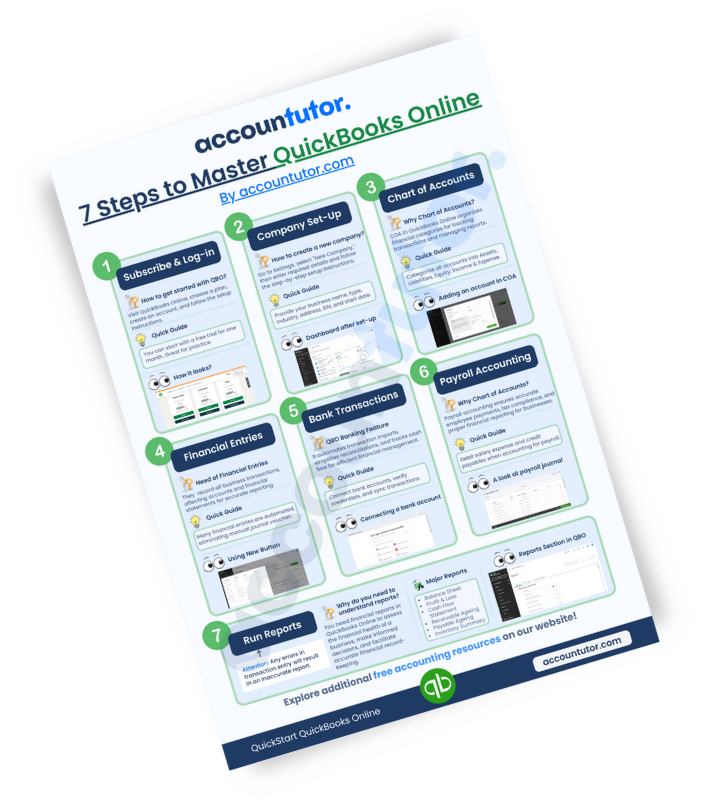
Download QuickBooks Online PDF Guide
Thank you!
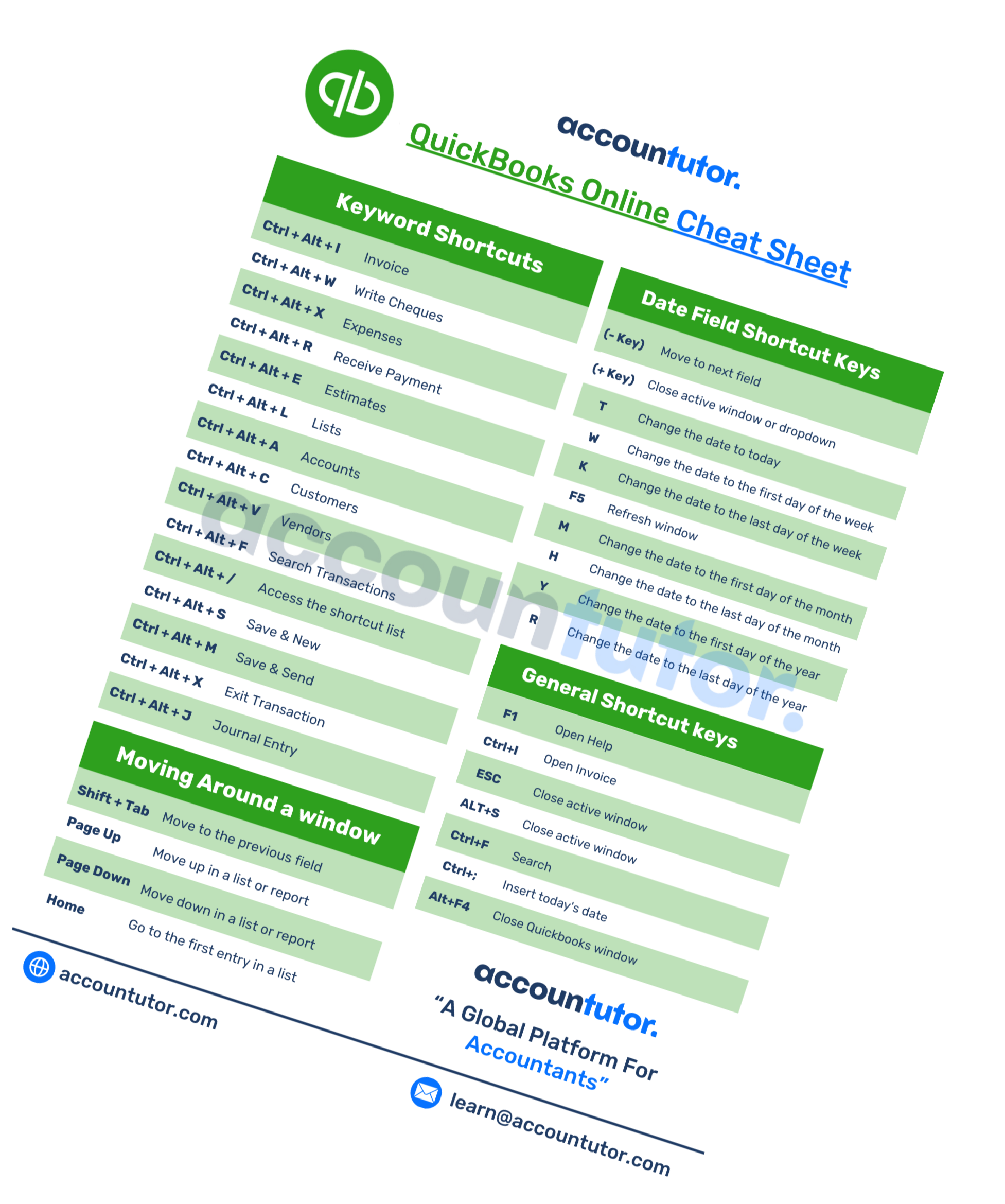
Download QuickBooks Online Cheat Sheet
Thank you!
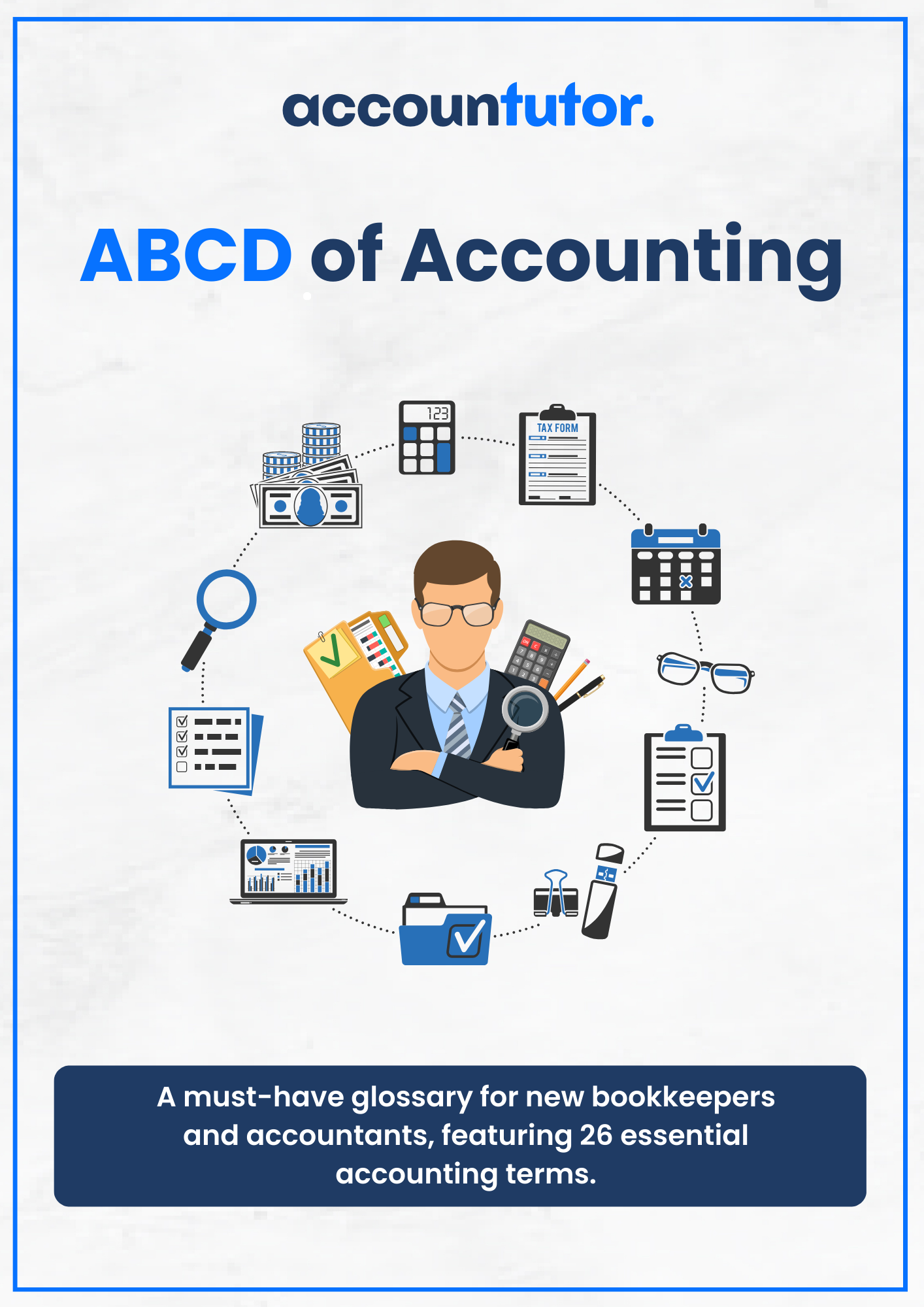
Download ABCD of Accounting
Thank you!
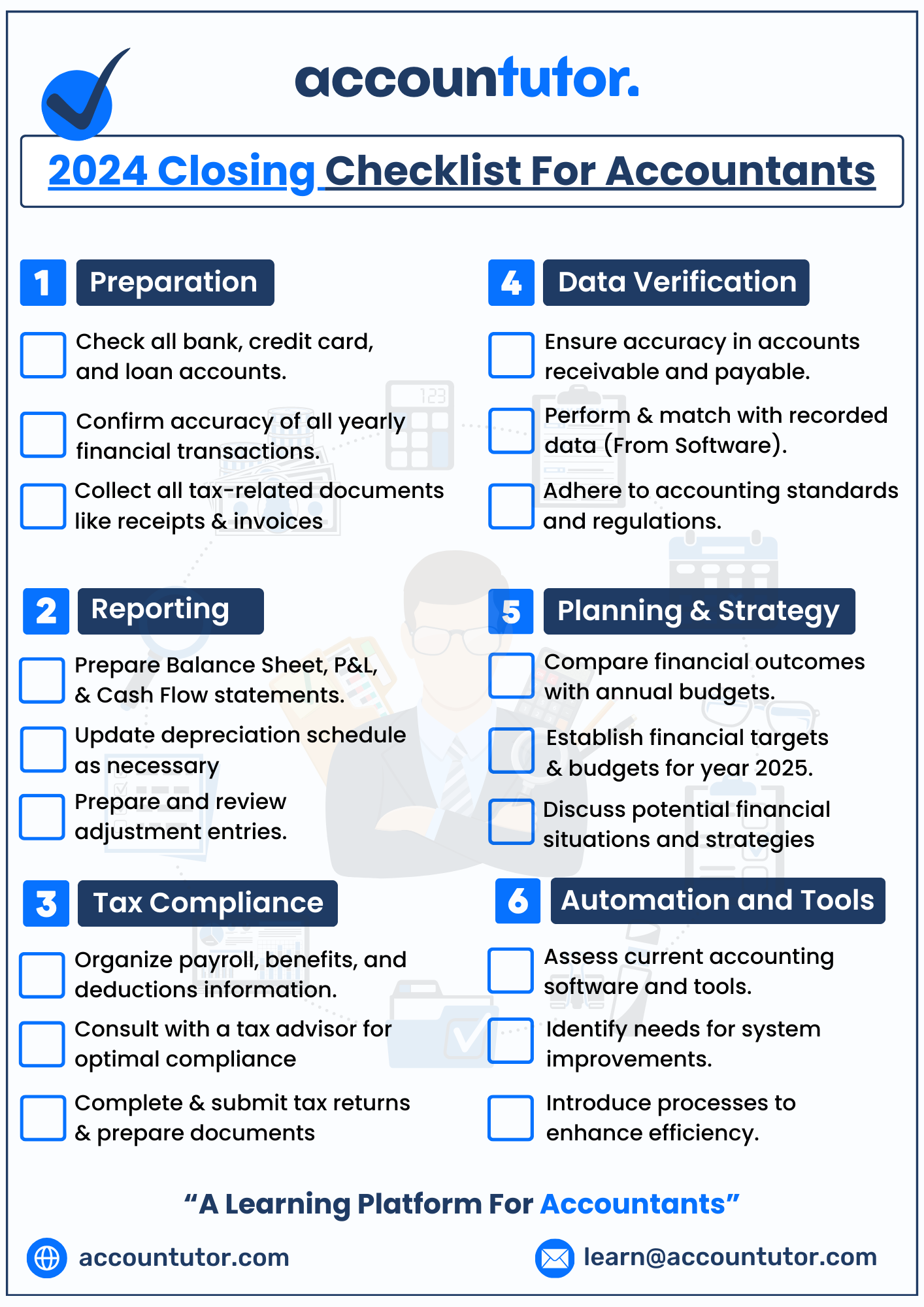
Download Checklist 2024
Thank you!
Register For Free!
Thank you!
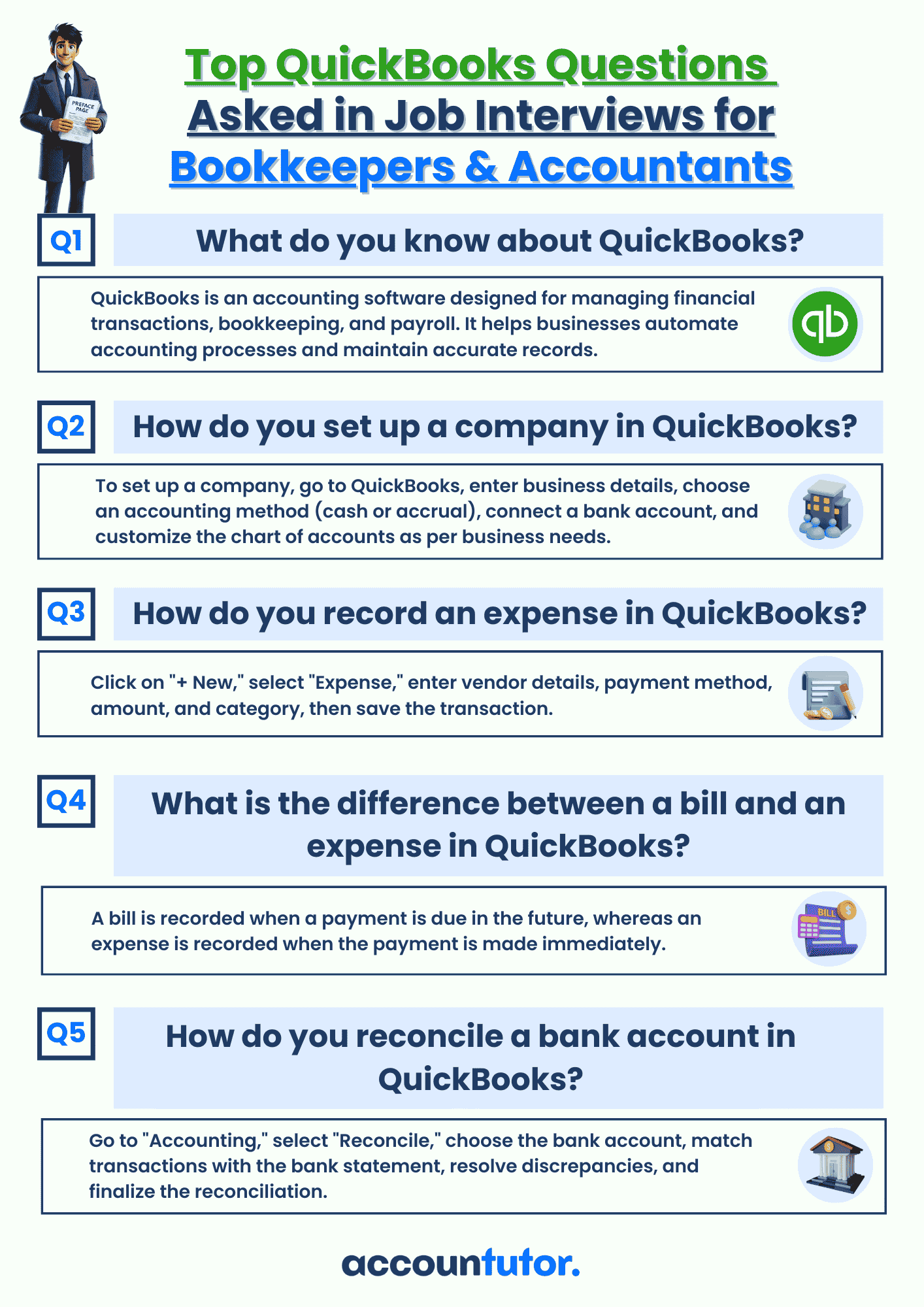
Download Interview Questions
Thank you!
Register for this webinar: How to Master QuickBooks Online— Without Feeling Overwhelmed
7th JUNE 2025 | 8:00 AM PST | 11:00 AM EST
Thank you! The joining link will be sent to your email shortly!
Webinar joining link will be sent to your email address.
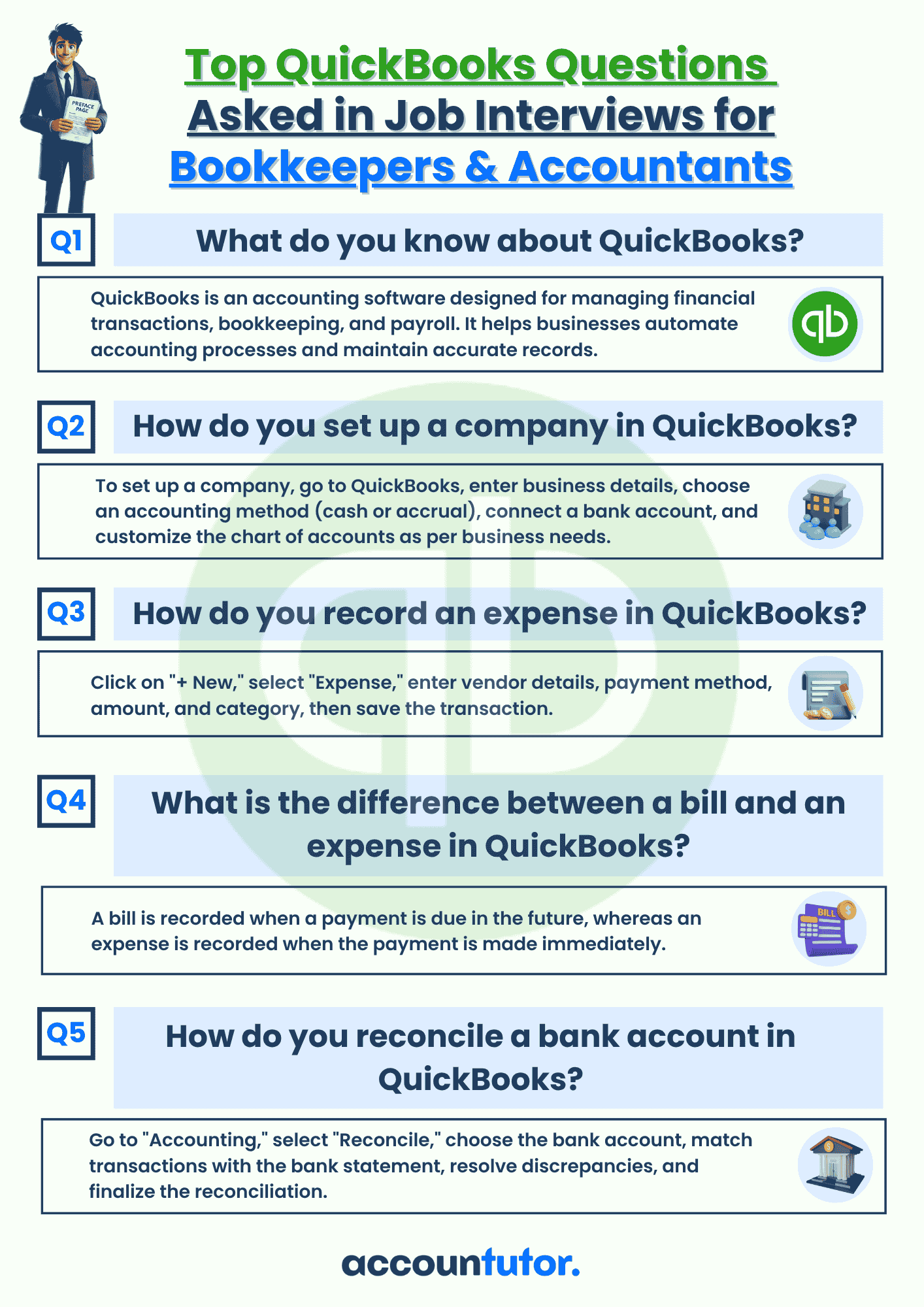
Download QBO Job Interview Questions and Answers PDF
Thank you!
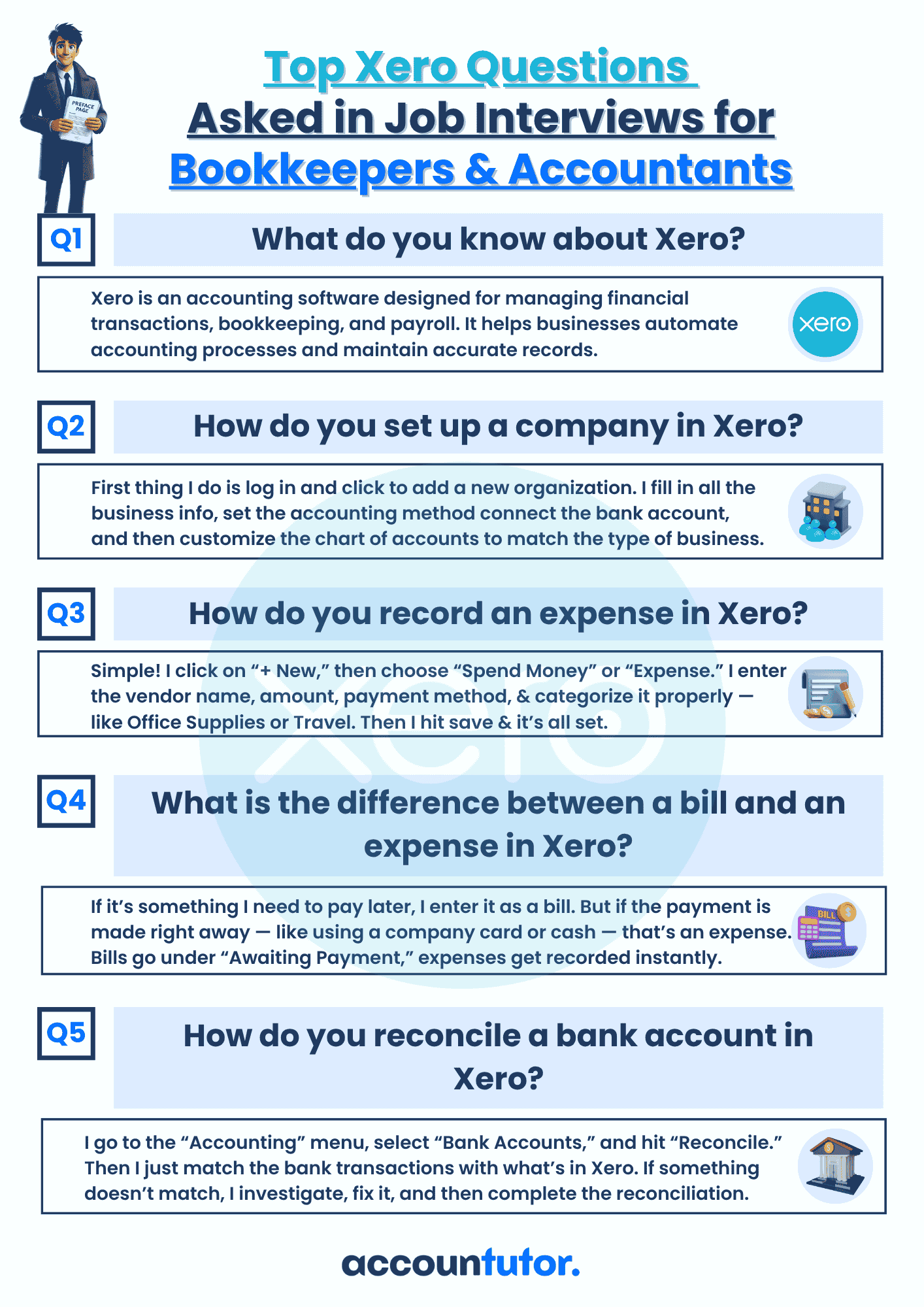
Download Interview Questions
Thank you!

Download 50 Interview Questions For Bookkeepers
Thank you!
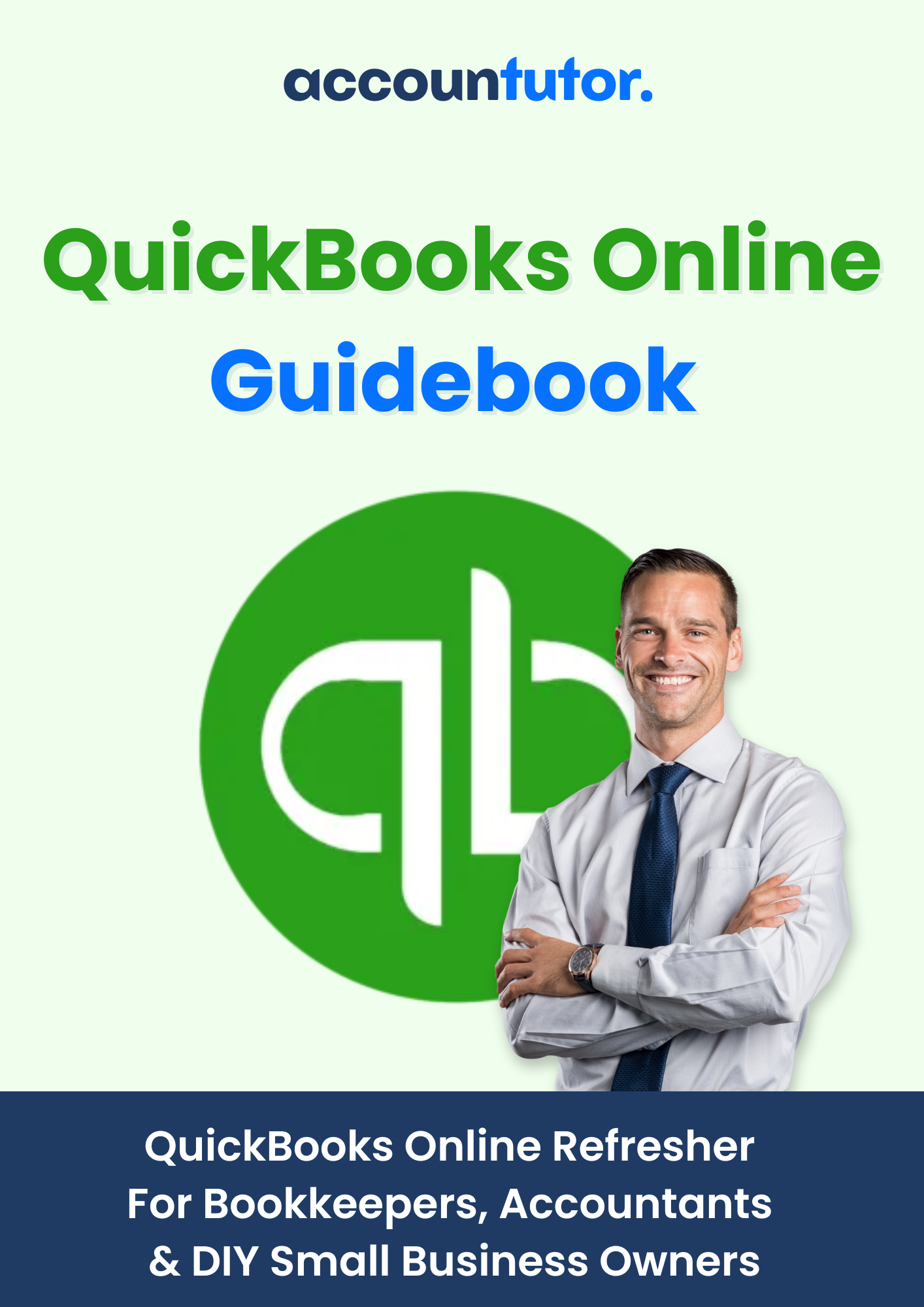
Download QuickBooks Online Guidebook
Thank you!

